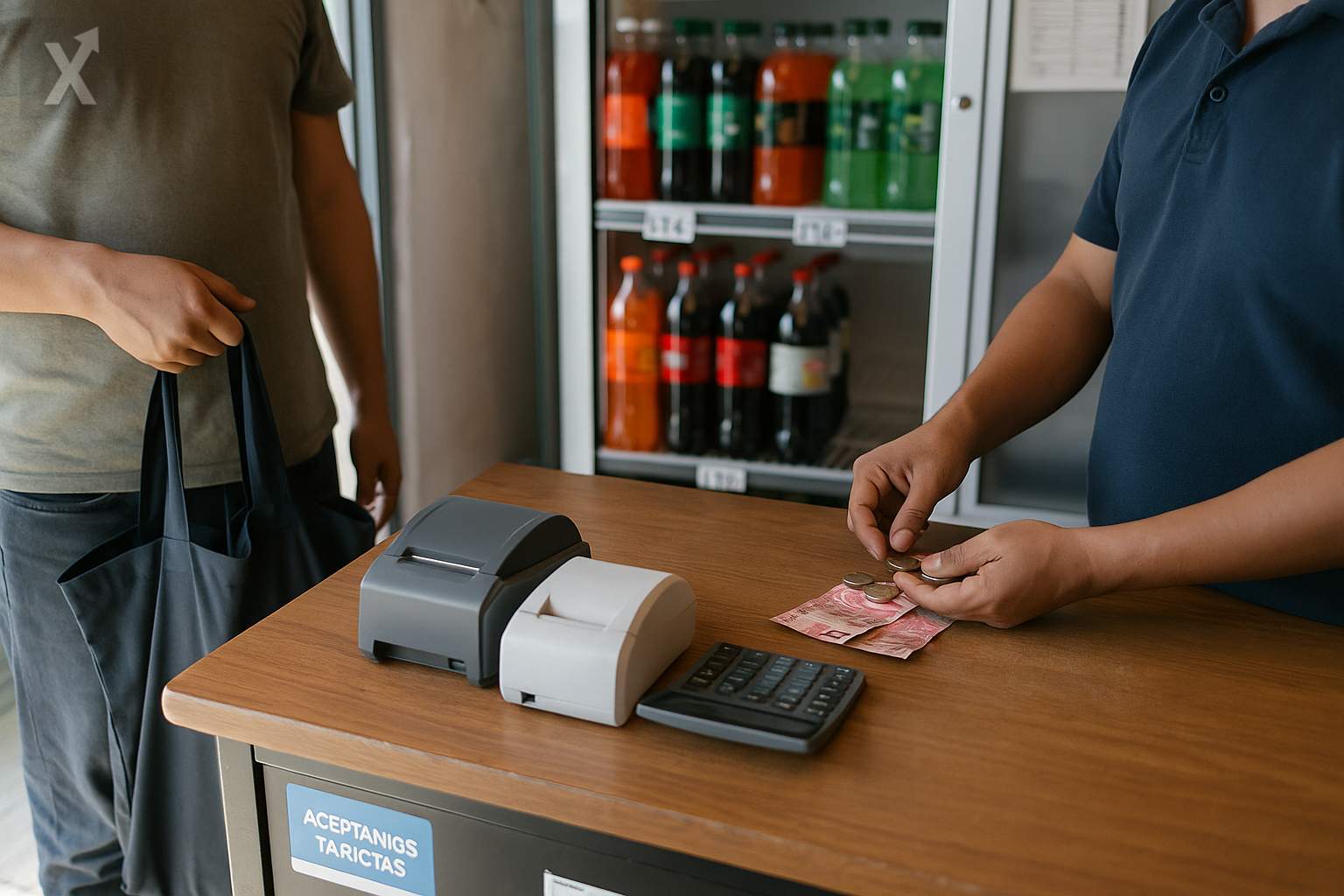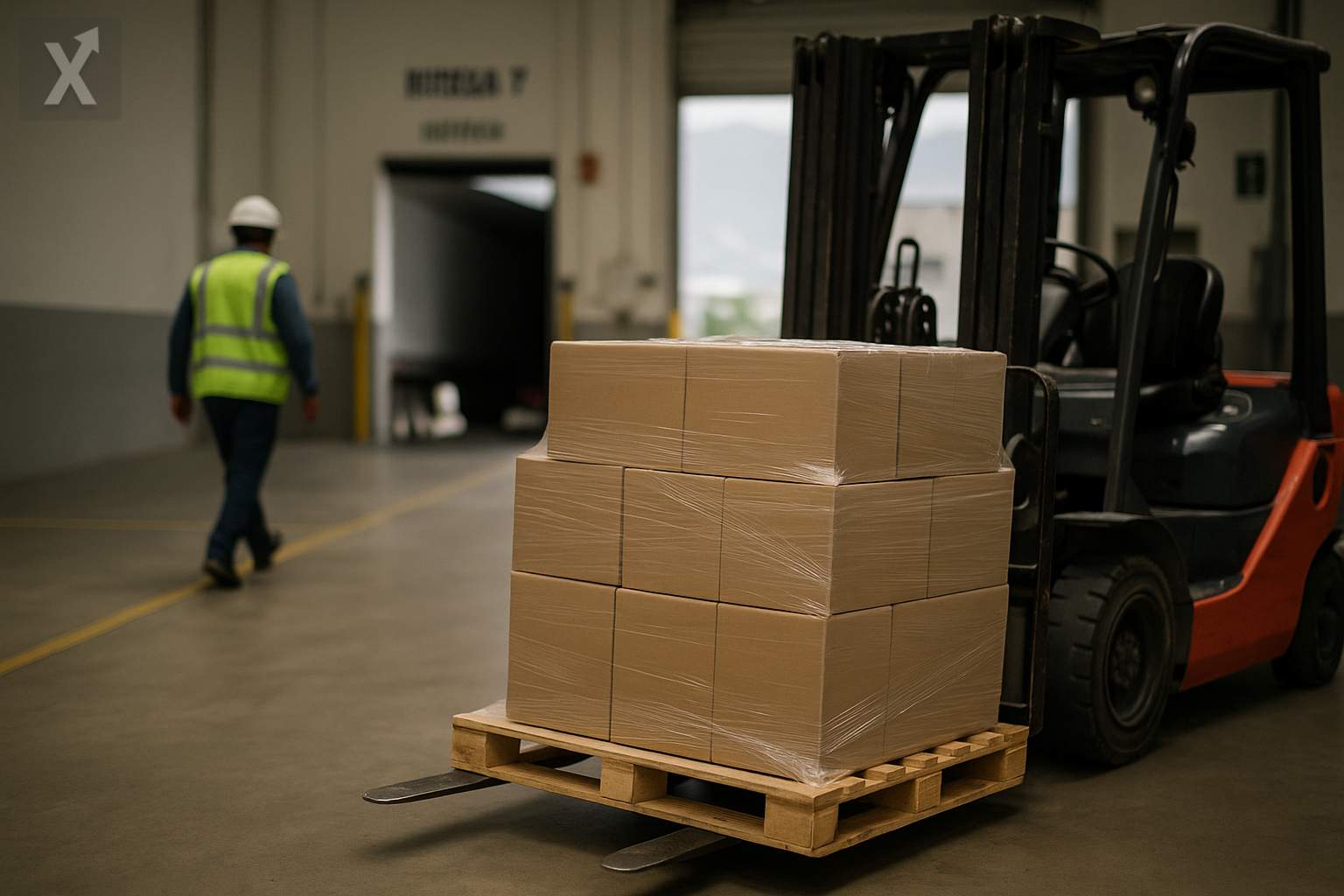Fiscal Debate: Soft Drinks and Tobacco Report Effective Income Tax Rates Below Those Paid by Many Salaried Workers

Companies involved in the production and distribution of sugary drinks and tobacco products report effective income tax rates (ISR) close to 4%, lower than the rates faced by a significant portion of formal workers (between 7% and 11.5%), according to calculations by civil society organizations based on information from the Mexican Tax Administration Service (SAT). Specifically, the latest sectoral data from SAT points to an effective rate of 3.33% for wholesale trade of cigarettes and tobacco, and 4.81% for soft drink and sweetened beverage companies.
The issue is gaining momentum as Congress debates increases to the Special Tax on Production and Services (IEPS) for products considered unhealthy. The Chamber of Deputies has already approved the adjustment, and this week it is expected to be analyzed and voted on in the Senate, as part of the 2026 Economic Package. The Ministry of Finance projects the change would boost tax revenue and discourage consumption; however, organizations like Fundar, CIEP, and El Poder del Consumidor argue that these levies are still below international recommendations and are calling for a review of how ISR is applied to these industries.
The effective ISR rate is calculated on profits after deductions and exemptions. Under current law, various payments can be deducted as necessary business expenses, including water use fees, local taxes (such as property, vehicle, or payroll taxes), electricity expenses, advertising, and social security contributions. For so-called unhealthy industries, these items reduce their taxable ISR base. The most controversial point is the deduction of water use fees, in a country facing droughts and significant water availability challenges in areas with a high concentration of industry.
The fiscal debate also has a structural backdrop: Mexico's tax revenue as a percentage of GDP remains below the OECD average. With spending pressures in security, healthcare, water, and energy infrastructure—and the need to capitalize on nearshoring without worsening bottlenecks—the Ministry of Finance is seeking additional revenue without stifling investment. In this context, options like limiting certain deductions, applying ISR surcharges to activities with high social costs, or strengthening IEPS appear viable, though each carries the risk of unintended side effects.
In terms of compliance, the 2026 Economic Package includes measures to close loopholes for fake invoices, such as pretrial detention for issuers of fraudulent receipts and the cancellation of digital stamps for those using them. SAT has ramped up audits of major taxpayers and cracked down on tax avoidance schemes in recent years, generating additional revenue without broad increases to nominal tax rates. Nonetheless, authorities acknowledge that tax evasion and avoidance practices persist and require ongoing attention.
If the IEPS is raised above inflation indexing, it’s likely that part of the adjustment will be passed on to the prices of soft drinks and cigarettes, with a limited but noticeable impact on the food, beverage, and tobacco price index. The pass-through may be partial, due to marketing strategies and shelf competition. Mexico’s central bank (Banxico) usually distinguishes these tax shocks from demand-driven inflation but monitors their second-round effects. International evidence shows that higher relative prices lead to lower consumption of products harmful to health.
From a public health standpoint, Mexico faces high rates of obesity and diabetes, and taxes on sugary drinks have shown moderate effects in reducing purchases. Experts propose that taxes should be accompanied by policies that improve access to potable water, clear labeling, tighter advertising rules aimed at children, and increased funding for prevention. Currently, IEPS revenues are not strictly earmarked for these purposes, so some advocacy groups are pushing for a more explicit allocation to water infrastructure and health programs.
Industry, for its part, argues that it already bears significant burdens through IEPS, creates jobs and value chains, and that restricting legitimate deductions would raise operating and investment costs. In the case of tobacco, the industry warns of the risk of boosting illicit trade if prices jump abruptly. The sector calls for regulatory certainty and clear rules around the deductibility of production costs, including fees for inputs like water.
If approved by the Senate, the changes would take effect in January, leaving companies little time to recalibrate prices and budgets. The tax authority plans to publish new effective rate benchmarks by sector, a tool that will continue to fuel debate about tax equity. Going forward, the discussion on deductions, oversight, and balancing revenue, public health, and competitiveness will shape fiscal policy in the context of a gradual consolidation of public finances.
In summary, the gap between low effective ISR rates for soft drink and tobacco companies and higher burdens for salaried workers is reigniting the debate on how best to collect taxes. The outcome will depend on the final design of IEPS increases, the limits set on deductions, and SAT’s ability to close loopholes for tax evasion, with potential impacts on prices, health, and the sustainability of public revenues.






